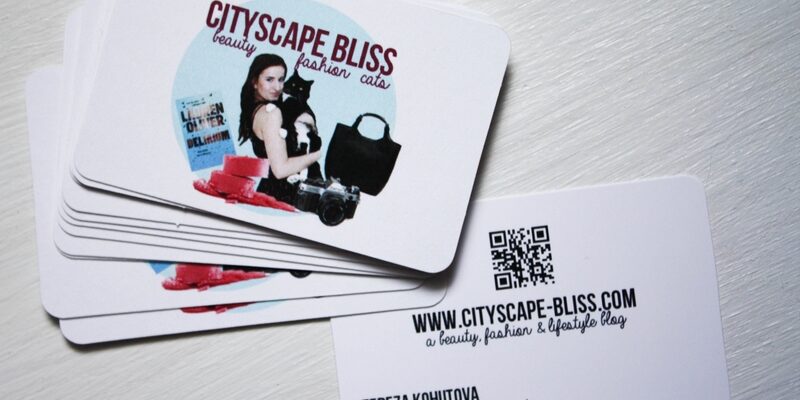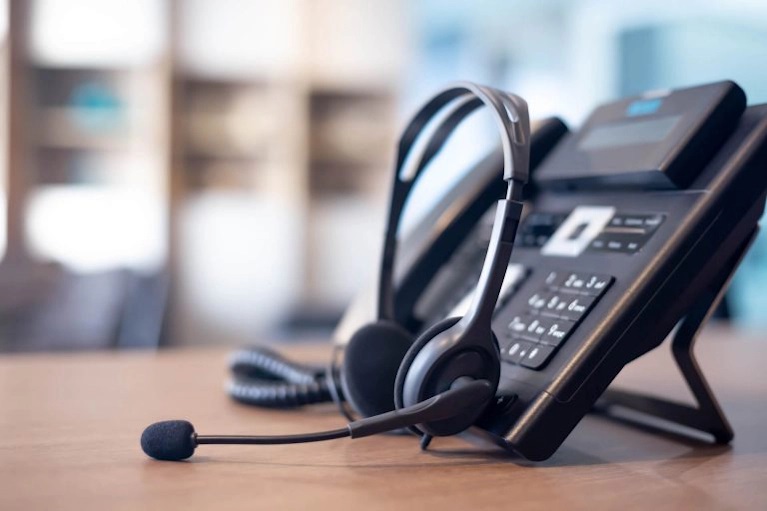Having accessible and inclusive name card printing services is important for reaching and serving all customers and community members.
Use clear fonts and good contrast
When designing name cards, use fonts that are easy to read at a glance, with good spacing between letters. Avoid overly decorative or cursive fonts. Keep font sizes large enough, at minimum 12-14 point size. Use good contrast between text and background colors, like black text on white, or dark text on light. Avoid red/green color combos as 10% of men are colorblind. Consider offering name cards with Braille text for visually impaired customers. These are specially ordered or you keep some Braille card stocks on hand. The name, title, and contact info are useful information to include in Braille.
Provide cards in multiple languages
If your community has a large non-English speaking population, provide name card templates and printing in those major languages. This makes your services accessible to more customers. At a minimum, provide cards in English and Spanish, but consider other languages like Chinese, Tagalog, Vietnamese, Korean, etc. based on your locale. When including graphics or photos on name cards, aim for diversity and inclusion. Depict people of different races, ethnicities, genders, ages and abilities. Avoid images that stereotype groups or make them seem excluded. Stick to graphics that promote diversity and welcoming. Have oversized name card designs available, printed in an 18-point or larger font. These are helpful for visually impaired customers. Make sure your printing process accommodates larger-sized name cards, up to 4″ x 7″ in size.
Provide digital cards and contact info
In our digital age, paper business cards are less common, especially among younger demographics. Offer customers the ability to have digital name cards designed, with clickable links to contact info, social profiles, and websites. Provide easy sharing of digital cards from your online portal or app. Environmental allergies and sensitivities are increasing. Use plant-based or recycled paper stocks and soy or vegetable-based inks for your name card printing. Avoid harsh chemicals, varnishes, and PVC plastic stocks. Promote your eco-friendly printing processes. Not everyone needs 250 or 500 cards for their first order. Offer flexible order quantities, even single cards, to make your services more affordable and accessible. Consider discounted pricing for nonprofits, students, and other groups with limited budgets. Visit here to get More about the author.
Accept multiple payment methods
Take payments beyond just credit cards. Accept cash, checks, PayPal, Venmo, etc. This facilitates access for unbanked and lower-income groups. Just ensure proper security processes are in place for each payment method. Train team members on accessible, inclusive, and diverse practices. Ensure staff provides equal and respectful service to all customers and inquiries, regardless of disability, race, age, gender identity, or other factors. The customer experience should be welcoming and accommodating. Let customers know about your inclusive name card offerings and options. Demonstrate diversity in your marketing materials. Tout your accessibility services like Braille, foreign language translations, large print, digital cards, etc. Reach out to disability, diversity, nonprofit, and elderly groups.












